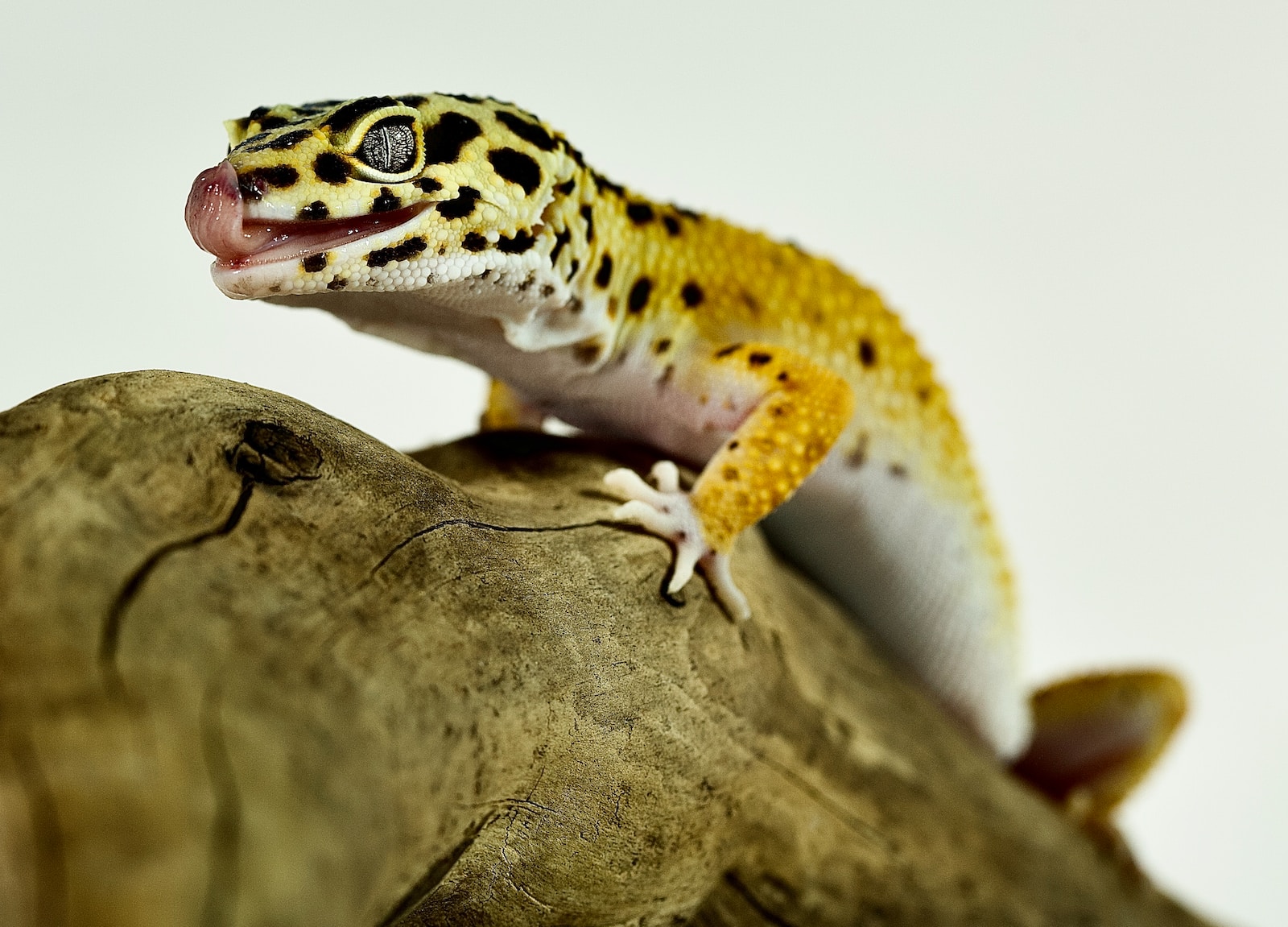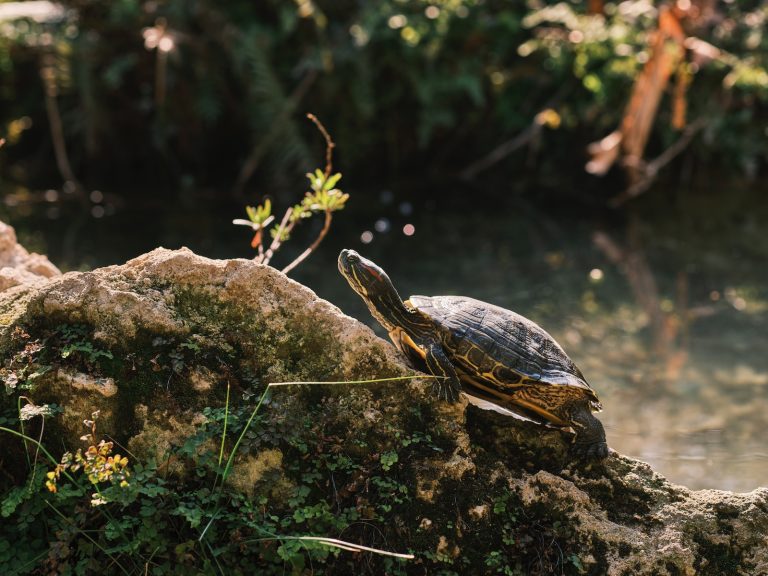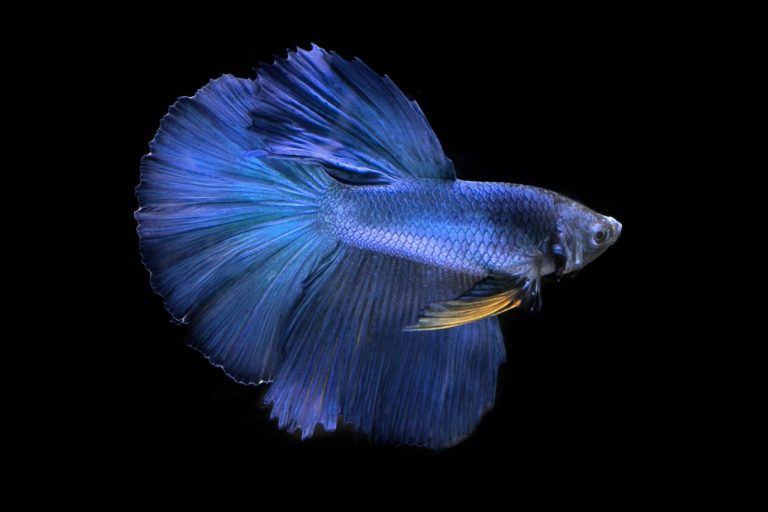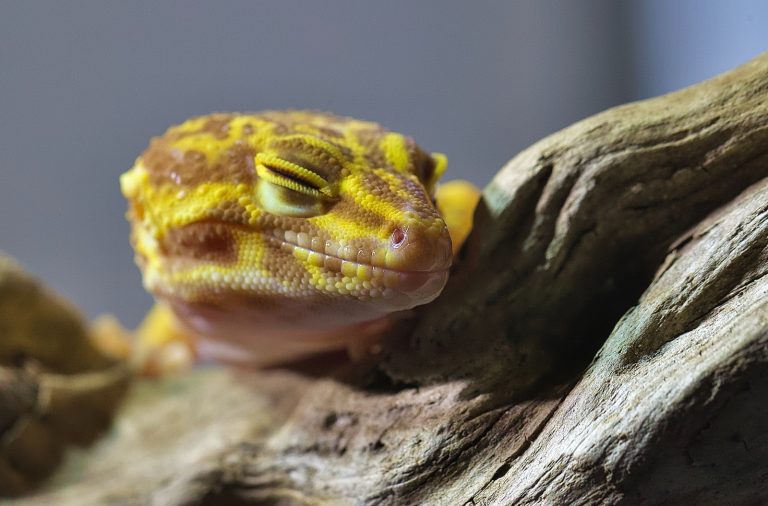Introduction
Leopard geckos are captivating creatures that have gained immense popularity as exotic pets. Among the various morphs, the Tremper Albino Leopard Gecko stands out for its stunning appearance and relatively easy care requirements. In this article, we will delve into the world of the Tremper Albino Leopard Gecko, exploring their characteristics, habitat needs, care tips, and much more.
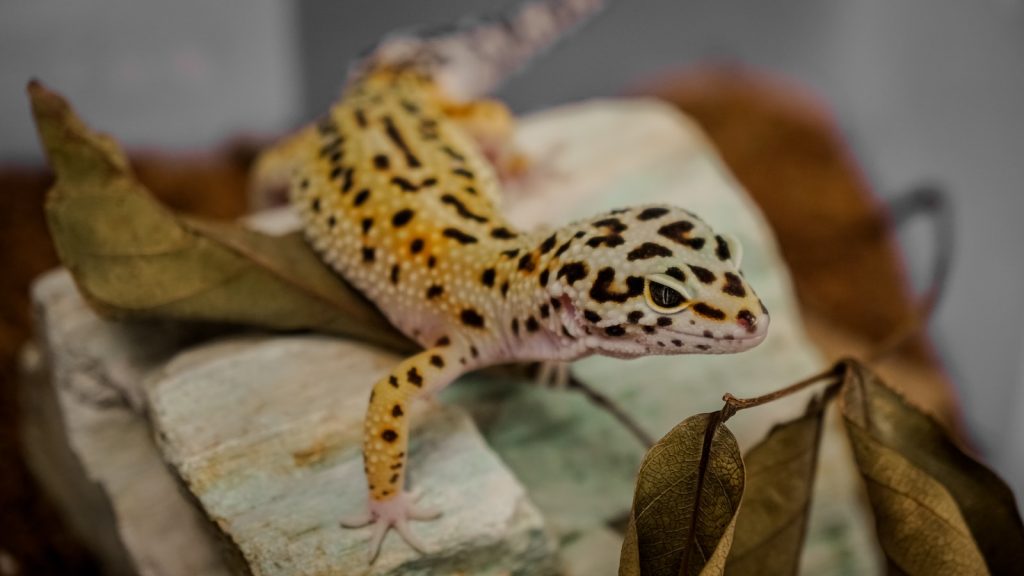
Tremper Albino Leopard Gecko: Unveiling the Beauty
The Tremper Albino Leopard Gecko, known scientifically as Eublepharis macularius, is a mesmerizing reptile characterized by its striking appearance. It’s renowned for its vibrant albinism, which gives it a pale, almost ethereal complexion. With its fiery red eyes and pale yellow or white body covered in dark spots, this gecko is a sight to behold.
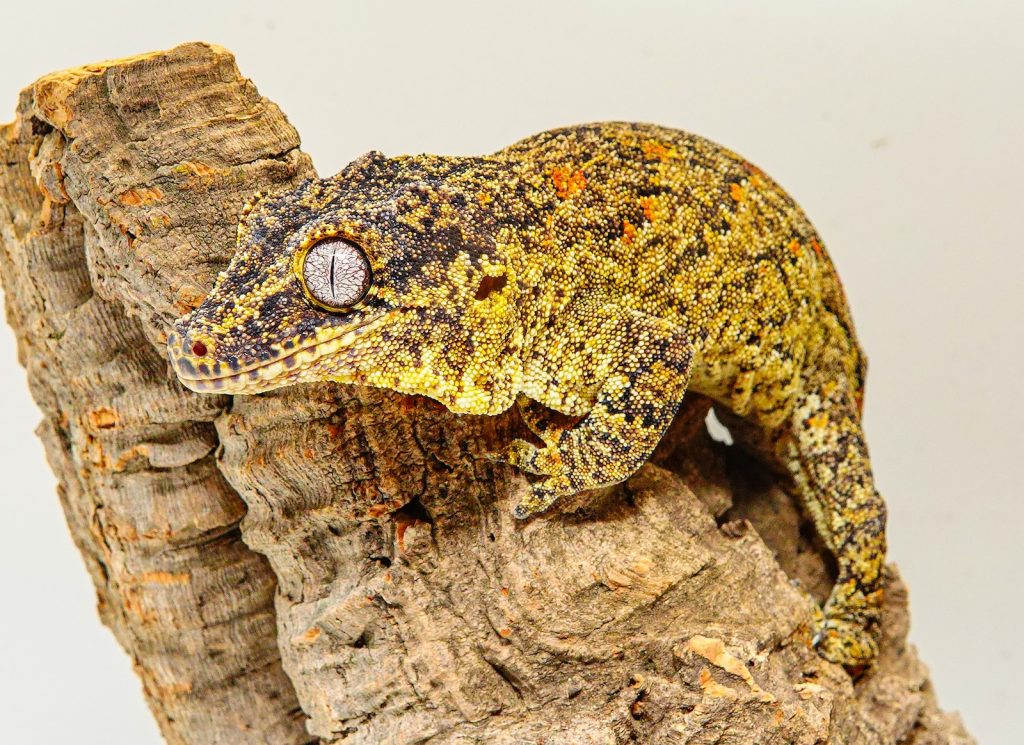
Understanding the Tremper Albino Gene
The unique appearance of the Tremper Albino Leopard Gecko is attributed to a recessive gene mutation. This genetic trait inhibits the production of melanin, resulting in the gecko’s lack of pigmentation. As a result, the gecko’s skin lacks the typical colors found in its wild counterparts. This absence of pigment makes the gecko appear pale, with its spots and patterns standing out prominently.
Creating the Ideal Habitat
Providing a suitable habitat is essential for the well-being of your Tremper Albino Leopard Gecko. Here are key considerations for setting up the perfect enclosure:
Enclosure Size and Type For a single gecko, a 10-gallon terrarium is the minimum size, but larger is always better. A 20-gallon long tank provides ample space for exploration and exercise. Opt for a glass enclosure with a screen top to ensure proper ventilation.
Substrate Selection Choose a substrate that promotes burrowing, as leopard geckos are ground-dwelling creatures. Coconut coir or reptile carpet are excellent options, as they are safe and comfortable for your gecko.
Temperature and Lighting Maintain a temperature gradient within the enclosure. The warm side should be around 88°F (31°C), while the cool side should stay around 75°F (24°C). Provide a heat mat under one side of the tank and a low-wattage heat bulb for the basking area. UVB lighting is not mandatory but can be beneficial for your gecko’s health.
Hiding Spots and Decor Incorporate multiple hiding spots using reptile caves, cork bark, or even half-logs. These spaces offer security and a sense of privacy for your gecko. Enhance the enclosure with artificial plants and branches to encourage climbing and exploration.
Feeding the Tremper Albino Leopard Gecko
Diet Diversity Tremper Albino Leopard Geckos are insectivores, meaning their diet primarily consists of insects. Offer a variety of appropriately sized insects such as crickets, dubia roaches, and mealworms. Gut-load insects with nutritious foods before feeding them to your gecko.
Feeding Frequency Young geckos should be fed daily, while adults can be fed every other day. Provide insects in a shallow dish to prevent them from escaping and disturbing the gecko’s environment.
Supplements Dust insects with a calcium supplement at every feeding and a multivitamin supplement once or twice a week. These supplements are crucial for maintaining the gecko’s health, especially its bone strength.
Handling with Care
Tremper Albino Leopard Geckos can be gentle and docile companions with proper handling. Follow these guidelines for a positive interaction:
Start Slowly Allow your gecko to acclimate to its new environment for a week before attempting to handle it. This reduces stress and increases the gecko’s comfort level.
Be Gentle When you start handling, approach your gecko slowly and avoid sudden movements. Gently scoop it up by sliding your hand under its body. Avoid gripping the tail, as geckos can drop their tails as a defense mechanism.
Short Sessions Begin with short handling sessions of 5-10 minutes and gradually increase the duration as your gecko becomes more accustomed to being held. Pay attention to its body language; if it shows signs of stress (tail twitching, attempting to escape), put it back in its enclosure.
FAQs
Q: How often should I clean the gecko’s enclosure? A: Spot-clean waste daily and perform a thorough cleaning every 2-3 weeks to maintain a hygienic habitat.
Q: Can I house multiple Tremper Albino Leopard Geckos together? A: While leopard geckos are generally solitary creatures, you can house multiple females together in a larger enclosure. Males should be kept individually to prevent territorial disputes.
Q: Do they make noise? A: No, leopard geckos are quiet creatures that communicate through body language rather than vocalizations.
Q: What’s the average lifespan of a Tremper Albino Leopard Gecko? A: With proper care, they can live between 10 to 20 years, making them a long-term commitment.
Q: Can I handle my gecko during shedding? A: It’s best to avoid handling during shedding, as geckos can be sensitive and irritable during this time.
Q: How can I tell the gender of my gecko? A: Males have a row of pre-anal pores and a V-shaped row of enlarged scales near the vent, while females lack these features.
Conclusion
The Tremper Albino Leopard Gecko offers reptile enthusiasts a captivating and rewarding experience. With its unique appearance, manageable care requirements, and gentle demeanor, this gecko has earned its place as a cherished pet. By creating a suitable habitat, providing a diverse diet, and handling with care, you can ensure a long and happy life for your Tremper Albino Leopard Gecko. Embrace the opportunity to appreciate the beauty and wonder of this remarkable reptile.
